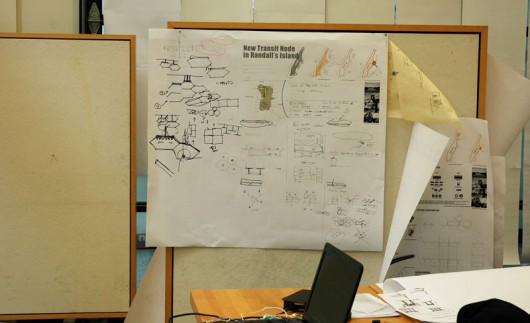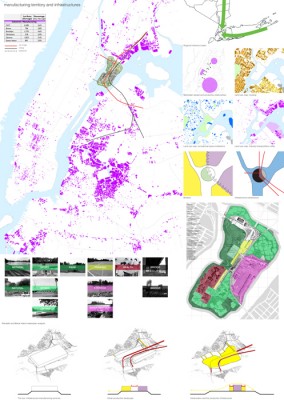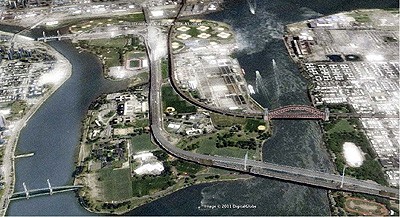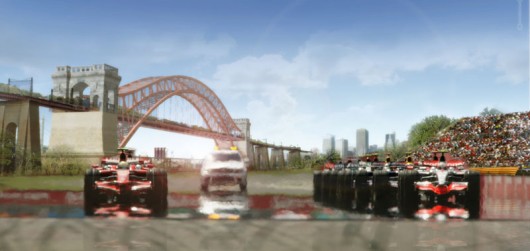Geographies of Manhattan Geographies of Manhattan





El Hadi Jazairy is Lecturer in the Department of Architecture at MIT where he co-teaches the “After-City Baltimore” studio. He received a Diplome d'Architecte from La Cambre in Brussels, a Master of Architecture from Cornell University and a Doctorate of Design from Harvard University. Professionally, he collaborated for over 5 years with Elia Zenghelis and Xaveer de Geyter. He is founding editor of the New Geographies journal, and editor-in-chief of New Geographies #4: Scales of the Earth.

Workshop leaders: Rania Ghosn is an architect and geographer, and El Hadi Jazairy is lecturer in the Department of Architecture at MIT.



